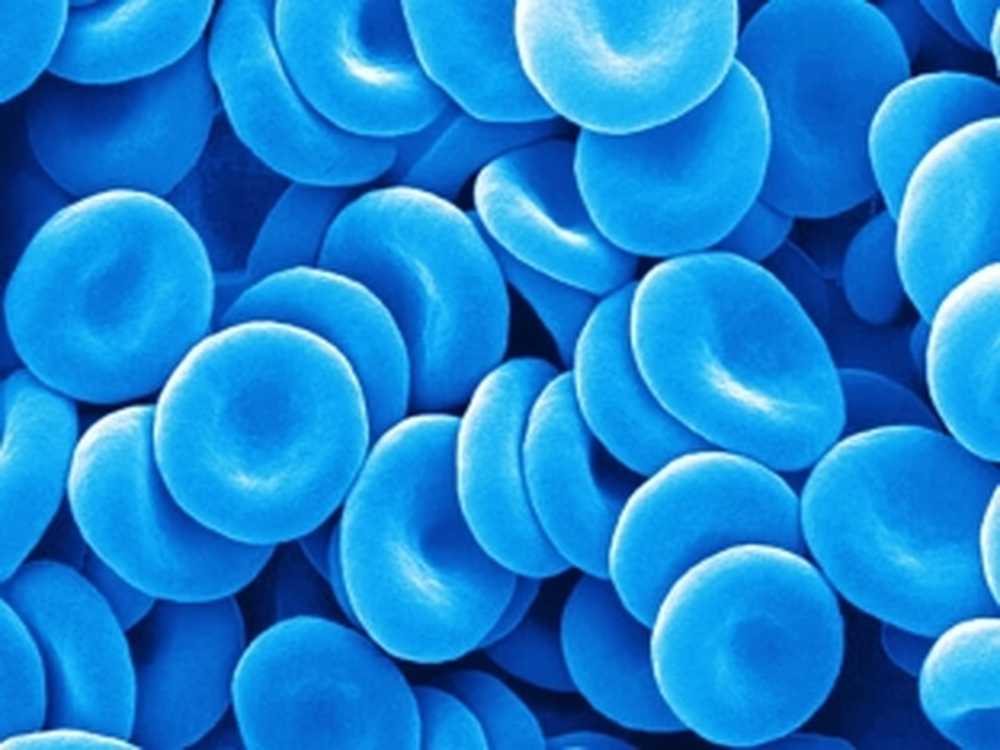
Aristocrats have been referred to as “blue bloods” for millennia. The word is often understood to refer to the ancient and aristocratic families’ bloodlines.
Blue bloods come from affluent, powerful, and privileged noble families. People that are connected to you share your blood, which is a term that has long been used to describe familial relationships. Blue bloods are members of an exclusive class of families, the aristocracy.
But where did this peculiar phrase come from? Why did our forefathers think the nobleman’s blood was blue? Let’s investigate.
Can a Person Have Blue Blood?
Aristocrats have been referred to as “blue bloods” for millennia. The word is often understood to refer to the ancient and aristocratic families’ bloodlines.
Blue bloods come from affluent, powerful, and privileged noble families. People that are connected to you share your blood, which is a term that has long been used to describe familial relationships. Blue bloods are members of an exclusive class of families, the aristocracy.
But where did this peculiar phrase come from? Why did our forefathers think the nobleman’s blood was blue? Let’s investigate.
Why then We See Our Veins Blue?
Why do veins seem blue if all blood is red?
It turns out that the skin that covers our veins and protects them from the outside world is more responsible for their color than the blood that flows through them. Due to the fact that our skin absorbs more red light than blue light, the veins seem blue to us because they reflect blue light back to the outside environment.
Veins and arteries would seem to be the same color if the skin were removed (this is just a thought experiment; do not do this in real life!).
Therefore, no one is of blue blood.
What’s the Origin of the Phrase ‘Blue Blood’?
A literal translation of the Spanish term “sangre azul” is “blue blood.” Some of the oldest and most proud families in Castile were given this title because they said they had never wed Jews, Muslims, or people of other races.
Moors, the Muslim inhabitants of North Africa, Sicily, Portugal, Malta, and the Iberian Peninsula, reigned over Spain and a sizable chunk of Europe in the eighth century A.D. Spanish people were originally white, but when they began to mingle with Moors, they started giving birth to the dark-skinned people we see today in Spain.
However, some members of the Spanish aristocracy choose to remain monogamous and were permitted to reside in the Castilian highlands. They attempted to distinguish themselves from the outsiders while in the Castile mountains by purposefully avoiding the sun in order to maintain their fair complexion. This helped them to distinguish themselves from the outsiders geographically. Due to the fact that they were the offspring of the invaders and were forced to labor outside in the heat, those with dark skin were considered to be low-class employees.
Due to their light complexion, the aristocracy were able to display blue blood vessels through their skin, just like any other person with pale skin would. People began to refer to them as “blue bloods” since they could only be found in Spain’s lords and upper classes.
When the English learnt about it and used it to refer to their own royal families, the moniker endured through the ages and into the vocabulary of today.
Who Has Blue Blood in Reality?
Therefore, as we have already stated, there are no humans of blue blood.
This isn’t true for every living thing, though, and there is one startling instance of blood that is actually blue—and extraordinarily precious.
Horseshoe Crab blood is the fourth most expensive liquid on Earth!
This man is who people are actually referring to when they say that “the blood of kings is blue.” Fun fact: There would be no legal way to prevent a horseshoe crab from claiming the English throne.
The iron-containing hemoglobin molecule is what gives our blood its red color. The majority of animals, but not all of them, also utilise iron in their blood.
Hemocyanin, for instance, is used by horseshoe crabs to transport oxygen throughout their bodies. This molecule is blue because it contains copper rather than iron. In fact, horseshoe crabs have blue blood!
Horseshoe crab blood is extremely susceptible to harmful microorganisms in addition to being blue.
Many thousands of crabs are gathered each year and have roughly 30% of their blood removed for the purpose of testing for the presence of germs including E. coli, Salmonella, and other types. Horseshoe crab blood has a value of around $60,000 per gallon due to its rarity.
There’s a cool fact you can tell your coworkers!